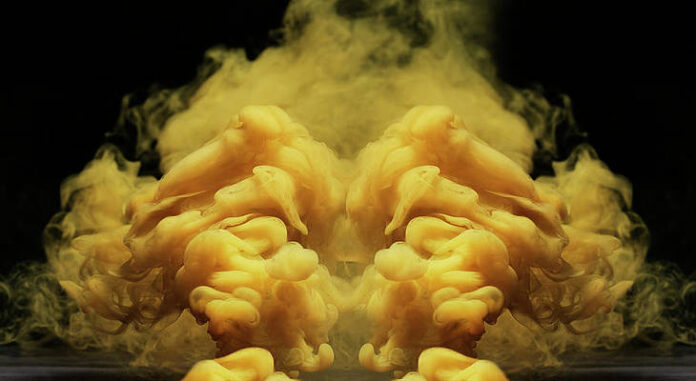In this article, we discuss how to draw Binary Random Numbers (0 or 1) from a Bernoulli Distribution in PyTorch.
torch.bernoulli() method
torch.bernoulli() method is used to draw binary random numbers (0 or 1) from a Bernoulli distribution. This method accepts a tensor as a parameter, and this input tensor is the probability of drawing 1. The values of the input tensor should be in the range of 0 to 1. This method returns a tensor that only has values 0 or 1 and the size of this tensor is the same as the input tensor. Let’s have a look at the syntax of the given method:
Syntax: torch.bernoulli(input)
Parameters:
- input (Tensor): the input tensor containing the probabilities of drawing 1.
Returns: it will returns a tensor that only has values 0 or 1 and the size of this tensor is the same as the input tensor.
Example 1
In this example, we draw Binary Random Numbers (0 or 1) from a Bernoulli Distribution using a 1-D tensor.
Python3
# Import required libraryimport torch# create a tensor containing the # probability of drawing 1.tens = torch.tensor([0.1498, 0.9845, 0.4578, 0.3495, 0.2442])print(" Input tensor: ", tens)# Draw random numbers (0,1)random_num = torch.bernoulli(tens)# display resultprint(" Output tensor ", random_num) |
Output:

Example 2
In this example, we estimate the gradient of a function for a 2-D tensor.
Python3
# Import required libraryimport torch# create a tensor containing the# probability of drawing 1.tens = torch.tensor([[0.2432, 0.7579, 0.6325], [0.3464, 0.2442, 0.3847], [0.4528, 0.9876, 0.8499], ])print("\n Input tensor: \n", tens)# Draw random numbers (0,1)random_num = torch.bernoulli(tens)# display resultprint("\n Output tensor \n", random_num) |
Output:


